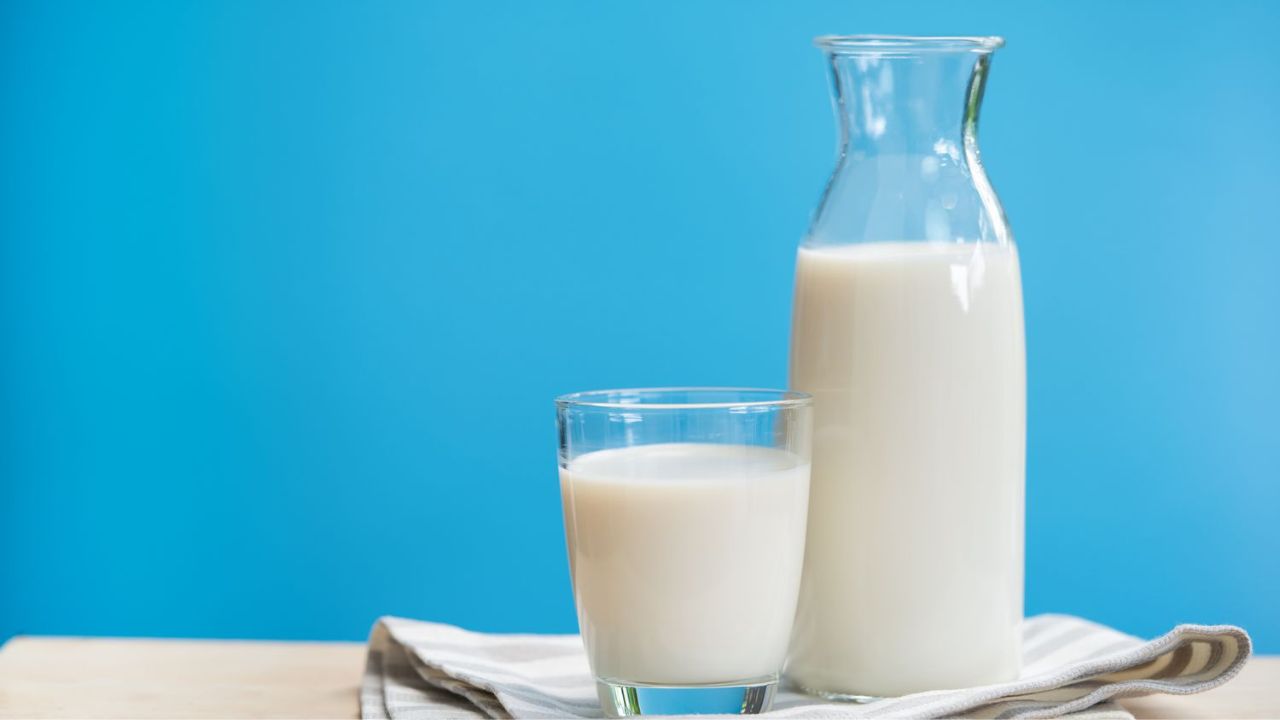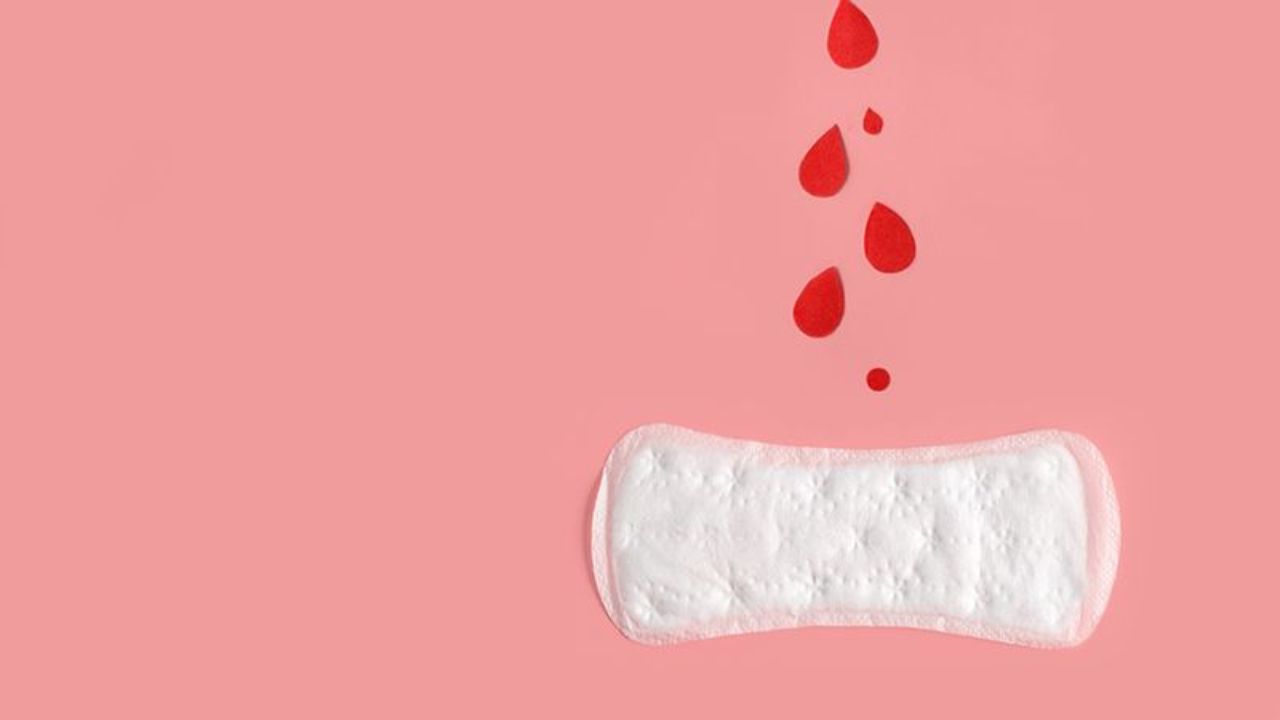Hark back to the age-old beauty regimes, and you’ll find milk reigning supreme, especially when it comes to hair care. But just how does this creamy elixir weave magic on your tresses? Let’s find out!
Milk, often dubbed the ‘ancient hair conditioner’, is much more than just a tool to tame those flyaways. From reducing those dreaded split ends to combating parched locks, milk boasts a suite of advantages for your mane. Plus, its versatility is another feather in its cap. Think of teaming it up with luscious fruits or perhaps a protein-rich egg to whip up nourishing hair masks that promise to revamp your hair game. Dive in, as we unravel the myriad wonders of using milk on your hair and guide you on how to make the most of it.
The Hair-loving Goodness of Milk: A Closer Look
Milk is like a nutritious banquet, packed with proteins, vitamins, and antioxidants. It’s no wonder that it’s often the star ingredient in age-old beauty recipes aimed at achieving silken, lustrous locks. While modern science is still catching up on documenting the exact benefits of milk for hair, tales from our grandmothers vouch for its hair-enhancing prowess. They speak of its conditioning properties, its gift of a radiant sheen, and its knack for addressing split ends. Moreover, its moisturising elements are said to quench dry hair’s thirst, potentially stimulating growth and bolstering hair strength. Now, shall we delve deeper into the wonders of giving your hair a milky bath?
Milk Magic: Unlocking the Haircare Secrets of This Creamy Elixir
Milk is more than just a wholesome drink; it’s a veritable treasure trove of nutrients that can work wonders for your tresses. From banishing those pesky split ends to deeply conditioning your locks, milk might just be the haircare hero you’ve been searching for. Let’s explore how milk can elevate your hair game and the best methods to apply it.
Why Milk Deserves a Spot in Your Haircare Routine
Kissing Split Ends Goodbye: Overexposure to harmful UV rays can be your hair’s nemesis, leading to discolouration, protein depletion, and breakage, culminating in the dreaded split ends. Milk, with its hydrating properties, can be a saving grace. A rich application, especially with creamier variants, can deeply moisturise the strands, thereby curbing those unwanted splits.
A Natural Conditioner: Dry, frizzy hair getting you down? Milk might just be your hair’s knight in shining armour. Its creamy texture works in sync with your hair’s natural oils, smoothing cuticles and providing deep nourishment. Imagine your hair, lustrously soft and manageable, all thanks to the generous conditioning of milk.
A Potential Hair-loss Saviour: While results can vary across individuals, many swear by the benefits of milk in reducing hair fall. If you’re keen to explore this for yourself, the application methods below might guide you.
Crafting a Milky Haircare Regimen
Note: Opt for full-fat milk or the tropical goodness of coconut milk (unless you’re allergic) to reap the maximum benefits.
Milk as a Hair Rinse
You’ll Need:
200-300 ml of milk (full-fat preferred)
Steps to Follow:
Begin by gently detangling your dry, clean hair using a wide-toothed comb.
Immerse your locks in milk, ensuring both the scalp and strands are well-covered.
Allow your hair to soak up the milky goodness for around 30 minutes.
Cleanse with a gentle shampoo.
Pat dry and let your hair air out.
Milky Hair Spray for Quick Nourishment
You’ll Need:
200-300 ml of fresh milk
A trusty spray bottle
Steps to Follow:
Pour your chosen milk into the spray bottle (adjust quantity depending on hair length).
Section and detangle your hair with a comb.
Generously spray the milk, ensuring every inch from the roots to the tips is covered.
Allow it to sit for about 10-15 minutes.
Rinse it out thoroughly with water.
If desired, you can follow up with a gentle shampoo wash.
Milking the Benefits: An Age-Old Haircare Secret
The creamy allure of milk isn’t just limited to nutrition for our bodies; it’s an age-old elixir for our hair as well. Rich in vitamins and essential minerals, milk has traditionally been a go-to solution for hair that shines with health. From the smoothness of the strands to the luster they exude, milk might just be the secret ingredient your hair has been craving.
A Deep Dive into Milk Myths and Queries
Can one apply milk to their hair every day?
Absolutely. Consider it a pre-wash pampering session. Let your hair soak in the goodness of milk for about an hour daily, and you might notice a tangible difference in its softness and texture.
Is milk responsible for greying hair?
Quite the contrary. Premature greying can sometimes be attributed to certain vitamin deficiencies. Given that milk is a powerhouse of vitamins and minerals, it may actually help in delaying the onset of those silver strands.
Could milk be a remedy against dandruff?
Yes, to an extent. Milk can hydrate and soothe the scalp, potentially helping keep those pesky white flakes at bay.
Is milk suitable for oily hair?
Tread cautiously here. The fat content in milk may exacerbate the oiliness, leaving your hair looking greasier. If you’re keen on experimenting, ensure you give your hair a thorough wash post-application to remove any residual milk.
Gleaning the Milk Magic: Key Insights
- Nourishment Navigator: Milk is teeming with properties that might enhance the texture of your hair, making it silkier and reducing unwanted frizz.
- Guard Against Gravels: Milk could be your ally in the battle against hair loss, split ends, and hair that feels like straw.
- Versatile Virtue: Whether it’s a milky hair wash or a spritzing session, milk is a versatile ingredient. Don’t hesitate to mix it into your hair masks to amplify their benefits.
So, the next time you look at that glass of milk, remember – it’s not just your bones that could be thanking you, but your luscious locks as well. Cheers to hair that radiates health and vitality!






